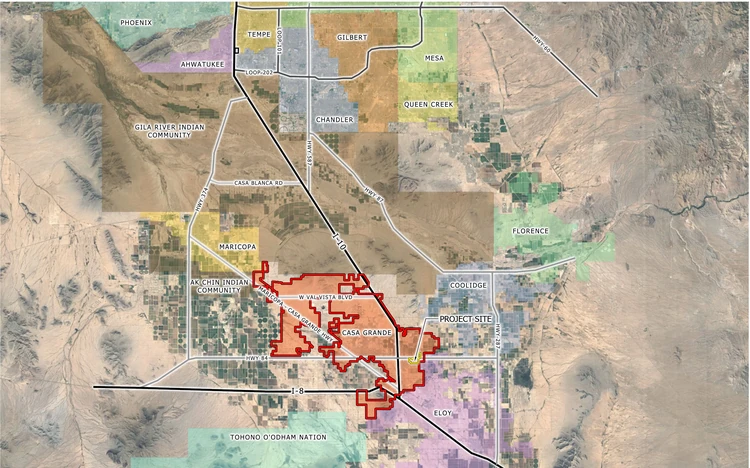
By Tony Davis | Arizona Daily Star
By most accounts, the Arizona Water Bank is a monument to foresight and a national model for how to save water for the future. Since the late 1990s, when the Southwest’s 19-year drought first kicked in, authorities here have quietly poured huge amounts of Colorado River water into dozens of large sand and gravel-filled basins until the state is ready to use it.
The total stored is nearly 3.6 million acre-feet of water in 28 sites across Pima, Pinal and Maricopa counties. That’s well over two years worth of CAP deliveries. They’ve stored another 600,000 acre-feet for Nevada.
The total tab has topped $330 million for the state and the Central Arizona Project to design and build storage basins and recharge water in them by artificial means.
Related: Arizona Water Bank started as a safeguard against California
But all that work has left a key detail unsettled: how to withdraw the bank’s water when needed.
No wells or other infrastructure exists to pump the water from recharge sites where nearly 25 percent of the water-bank water is stored, including one of the system’s largest recharge facilities. While water is also banked in some of the cotton, alfalfa and grain fields served by CAP water, and they do have infrastructure to get the water out, many of these facilities are far from urban and tribal users.







